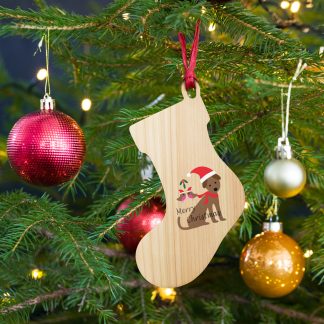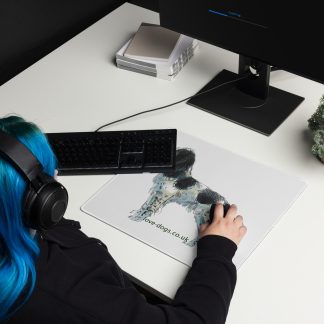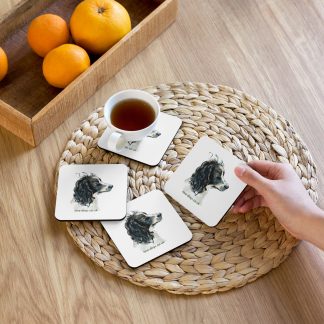
Many dog owners are anxious to give their four legged companions the freedom of going off lead, but it is important not to rush that important step. Dogs should only be allowed off their lead after they have become masters of all the basic obedience commands, such as walking at your heel, sitting and staying on command
Another skill that must be completely mastered before the dog can be taken off the lead is the come when called command. Even if the dog can heel, sit and stay perfectly, if he cannot be relied upon to come when called, he is not ready to be taken off the lead.
Taking any dog off the lead, especially in a busy, crowded area, or one with a lot of traffic, is a big step and not one to be taken lightly. It is vital to adequately test your dog in a safe environment before taking him off his lead. After all, the lead is the main instrument of control. You must be absolutely certain you can rely on your voice commands for control before removing the lead.
After the dog has been trained to understand the sit, stay and come when called commands, it is important to challenge the dog with various distractions. It is a good idea to start by introducing other people, other animals, or both, while the dog is in a safe environment like a fenced in garden. Have a friend or neighbour stand just outside the fence while you hold you dog on the lead. As the friend or family member walks around the outside of the fence, watch your dog’s reactions closely. If he starts to pull at the lead, quickly tug him back.
Repeat this exercise until the dog will reliably remain at your side. After this, you can try dropping the lead and eventually removing the lead and repeating the distraction. It is important to vary the distractions, such as introducing other animals, other people, traffic, rolling balls, etc.
After your dog is able to remain still in the face of distraction, start introducing the come when called lessons with distractions in place. Try inviting some of the neighbours and their dogs, over to play. As the dogs are playing in the fenced in garden, try calling your dog. When the dog comes to you, immediately give him lots of praise and perhaps a food reward. After the dog has been rewarded, immediately allow him to go back to playing. Repeat this several times throughout the day, making sure each time to reward the dog and immediately allow him to go back to his fun.
After the dog has seemingly mastered coming when called in his own garden, try finding a local dog park or similar area where you can practice with your dog. It is important to make the area small, or to choose a fenced in area, in case you lose control of the dog. If you cannot find a fenced in area, choose an area well away from people and cars. Practice with your dog by allowing him to play with other dogs, or just to sniff around, then calling your dog. When he comes to you, immediately reward and praise him, then let him resume his previous activities. Doing this will teach the dog that coming to you is the best option and the one most likely to bring both rewards and continued good times.
Only after the dog has consistently demonstrated the ability to come when called, even when there are many distractions around, is it safe to allow him time off lead. Off lead time should never be unsupervised time. It is important, both for your well being and your dog’s, that you know where he is and what he is doing at all times. It is easy for a dog to get into trouble quickly, so you should always keep an eye on him, whether he is chasing squirrels in the park, playing with other dogs, or just chasing a ball with the neighbours kids.







